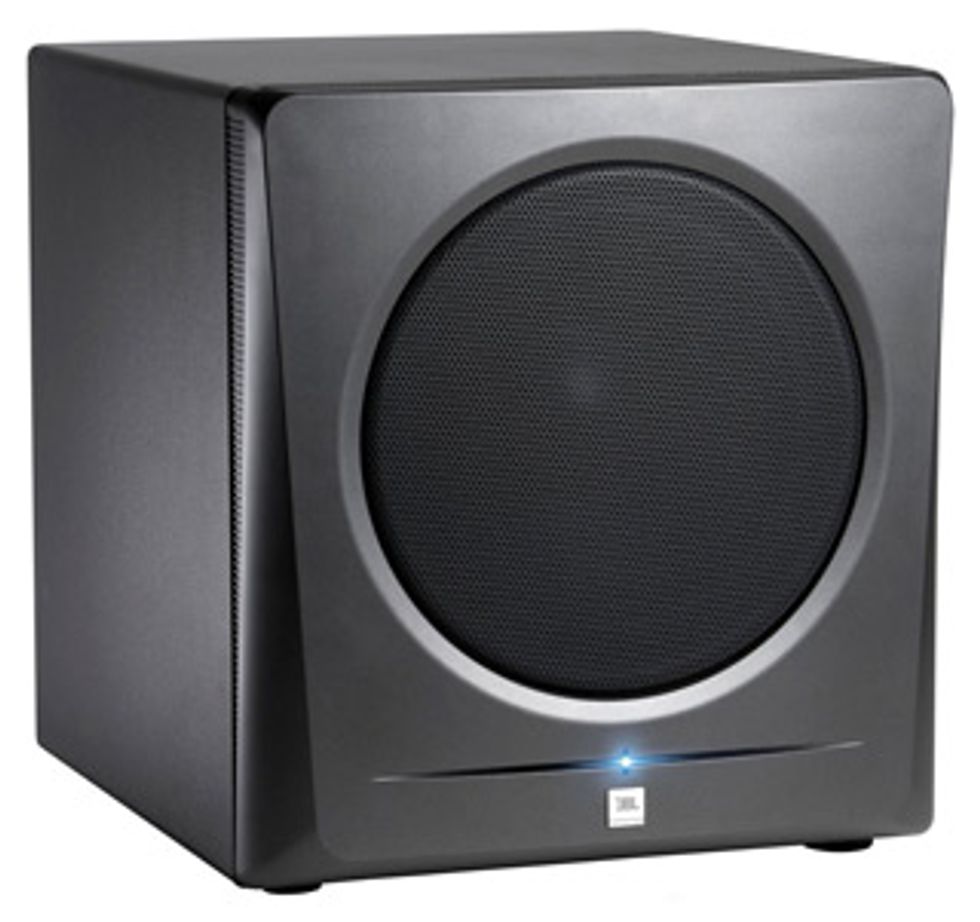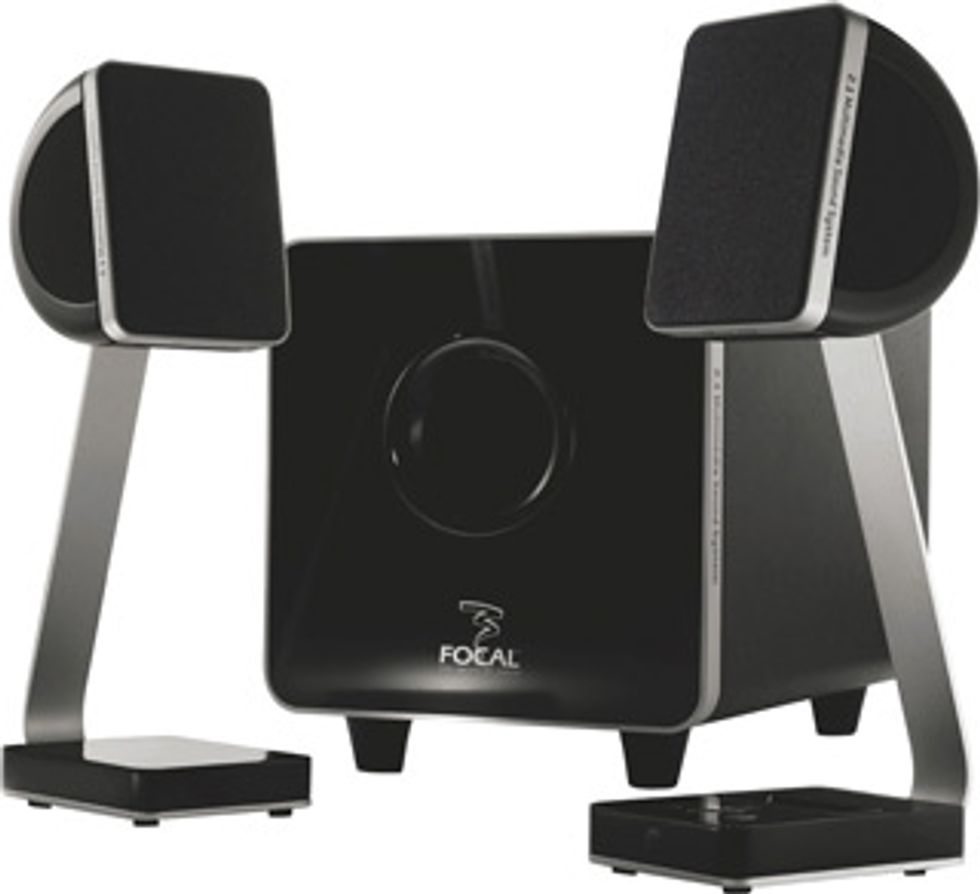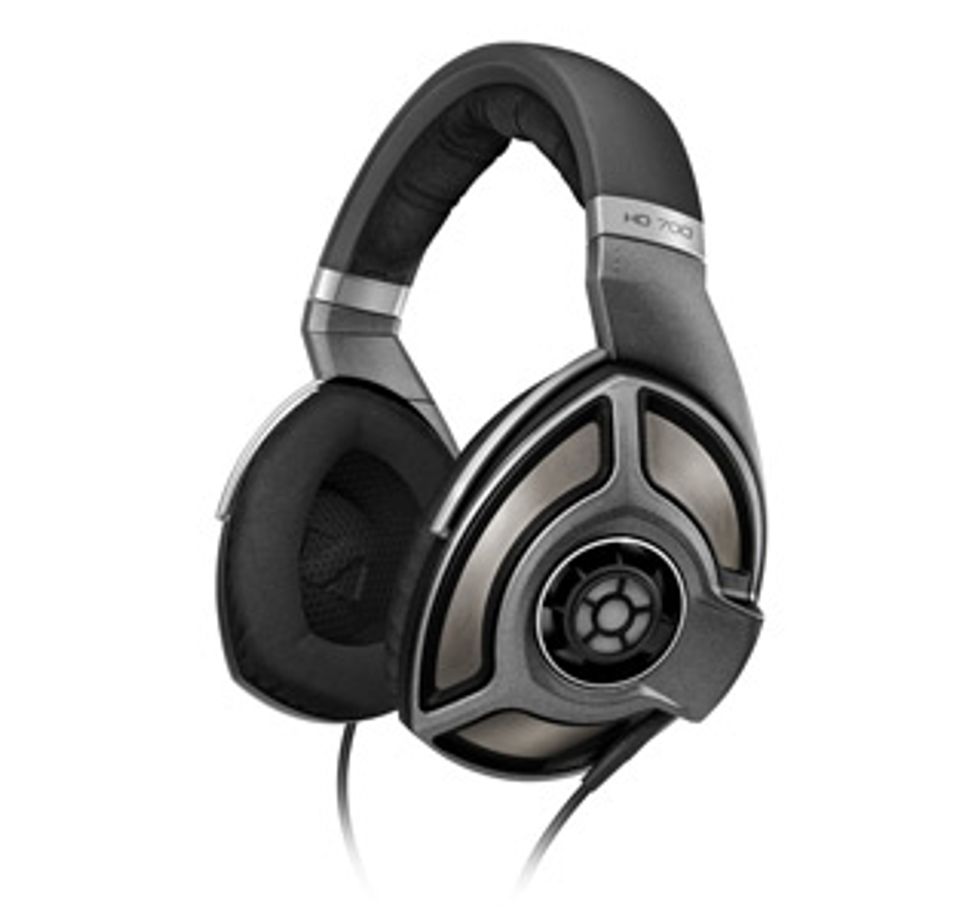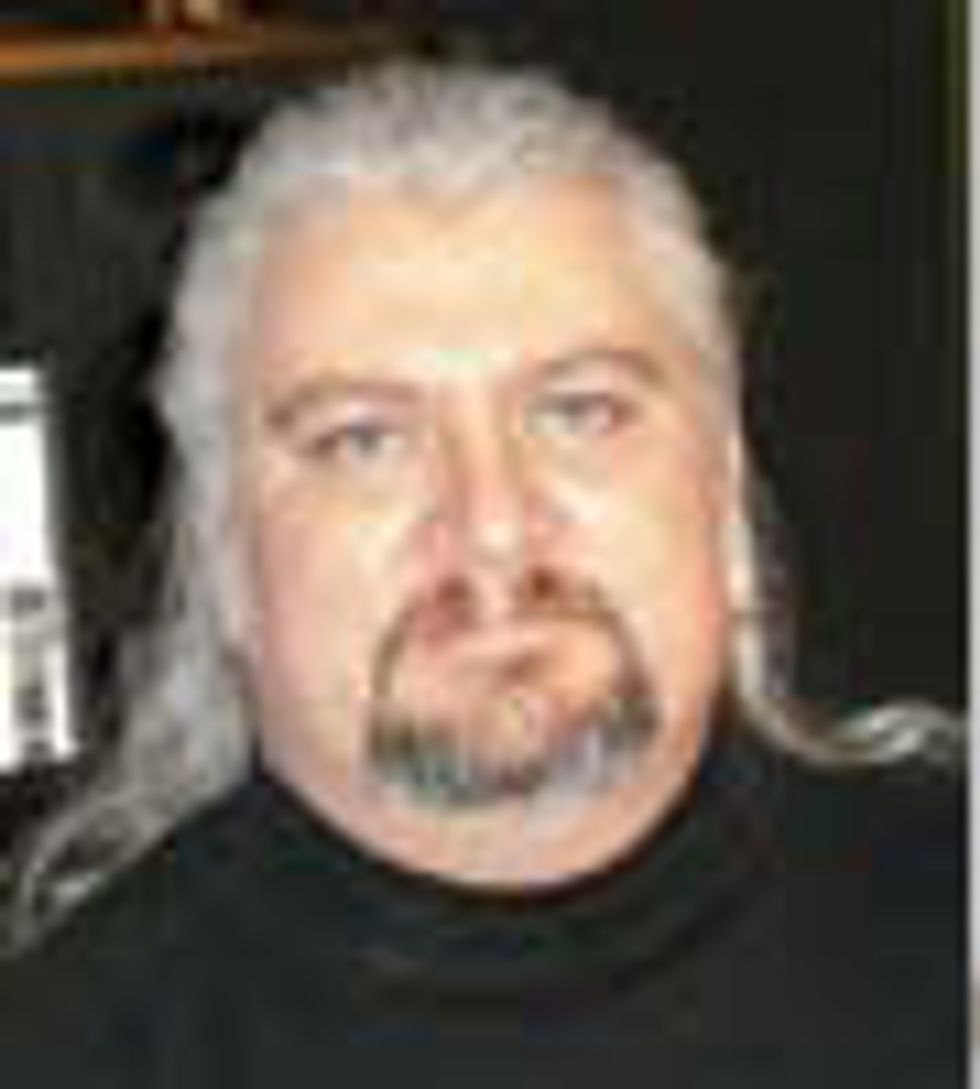Let’s continue our discussion about what I consider to be the most critical component in a studio’s signal path for achieving great results: studio monitors. In my September 2012 column, “How to Choose Studio Monitors,” we talked about passive and active monitors, the differences between near-, mid-, and far-field monitors, 2- and 3-way monitors, and more. So if you missed that installment, be sure to check it out at premierguitar.com.

Subwoofers like the JBL LSR2310SP are dedicated to producing just the very lowest frequencies, freeing up your main monitors to produce louder, clearer sound.
Subwoofers
We ended last month’s column by examining
how larger size, more power, and porting play
a role in getting good bass response from a studio
monitor. But there’s another way to reach
into those lowest frequencies: Use a subwoofer
in addition to your main pair of monitors.
A subwoofer is a speaker that is dedicated to producing the very lowest frequencies— those below 80 or 100 Hz or so. Typically, a subwoofer will have a large speaker driver, with 10", 12", and 15" sizes being quite common. Good subwoofers also have a lot of power. It’s not uncommon to match a subwoofer boasting several hundred watts of power with main monitors having just 75 or 100 watts of power. The larger speaker size and increased power output are necessary because—as we learned last time—low frequencies require a lot of juice to propagate. This is why bassists often run amps with much more power and larger speakers than guitarists will use in their amps.
The way most subwoofers work is by routing the stereo output from the mixer or audio interface into the subwoofer. The stereo signal runs through a crossover (sometimes referred to as “bass management”) that splits it into the very low frequencies that will feed the sub, as well as the high-bass, midrange, and high frequencies destined for the main monitors. Those very low frequencies are summed to mono and then sent to the amp and speaker inside the subwoofer. And because the main monitors don’t have to deal with those power-hungry low frequencies, they can play louder and with more clarity.

Systems like the Focal XS 2.1 combine small “satellite” monitors that produce the midrange and high frequencies with a matched subwoofer that generates all the bass frequencies.
It would seem as if a subwoofer is essential to your studio rig. Who wouldn’t want maximum clarity and low-frequency extension? In the real world, however, a subwoofer can be challenging to integrate well into a monitor system. That’s because the low frequencies are where the acoustics in most rooms are the most chaotic and difficult to manage. Plus, many engineers feel that they can already hear where the main monitors “drop off ” and a subwoofer will “take off ” as the frequencies drop.
Here’s my take: I don’t use a subwoofer much of the time. There’s rarely a sub in use when I’m mixing. That said, I do find that a subwoofer can be useful for pinpointing problems, such as rumble or other lowfrequency issues that may be too low to be heard on the main monitors. Some engineers use subs all the time to ensure they are getting a full picture of all the frequencies. My advice is to simply try one next time you mix. You may love it, you may not.
One final thing on subs: There are systems, referred to as “2.1” systems, that require a subwoofer. With this type of system, small “satellite” speakers produce the midrange and high frequencies, but are not designed to produce any bass at all. All of the bass is delivered by the system’s matched subwoofer. This type of system can work extremely well, producing a wide range of frequencies with good bass response. Additionally, because the satellites are often so much smaller, they’re easier to physically manage in a smaller room.

If you’re using headphones for studio monitoring, get the very best you can afford. The Sennheiser HD700 is an example of a great set of headphones, but at $1,000 street, quality comes at a price.
Headphones
For a number of guitarists, running a loud
set of studio monitors for hours at a time
can be difficult or even impossible. Whether
it’s living in an apartment, having babies or
young children in the house, or a spouse trying
to sleep or watch television in the next
room, there are a number of situations that
can make using studio monitors a challenge.
One solution is to monitor on headphones.
Without any interference from room acoustics
or unwanted outside noise, headphones
allow you to work for as long as you like and
at whatever volume you like. With that said,
the potential for hearing damage during long
listening sessions requires keeping the volume
level under control.
Headphones are convenient for studio use—and they’re certainly required for controlling noise bleed in most tracking situations—but they have some drawbacks for mixdown use. First, by nature of what they are, it’s difficult to get great, true, bass response from headphones. Second, the sense of isolation when wearing phones can make it difficult for judging balances or mixing in effects like reverb and delay. And third, few sets of headphones are comfortable enough for extended listening sessions.
Despite all this, it is possible to do great mixes on headphones. In my experience, you still need a set of studio monitors that you can turn on now and then to “calibrate” your ears and to reference your mix, but you can certainly do most of the work in phones. Plus, a good set of headphones is essential for “under the microscope” checks of your tracks for noises, distortion, and other problems.
That’s it for this time. More next month!
 Mitch Gallagher is
the former editor in chief of
EQ magazine. He’s written
more than 1000 articles
and six books on recording
and music technology, and
has released an instructional
DVD on mastering. His upcoming book is
entitled Guitar Tone: Pursuing the Ultimate
Electric Guitar Sound. To learn more, visit
mitchgallagher.com.
Mitch Gallagher is
the former editor in chief of
EQ magazine. He’s written
more than 1000 articles
and six books on recording
and music technology, and
has released an instructional
DVD on mastering. His upcoming book is
entitled Guitar Tone: Pursuing the Ultimate
Electric Guitar Sound. To learn more, visit
mitchgallagher.com.






![Rig Rundown: Russian Circles’ Mike Sullivan [2025]](https://www.premierguitar.com/media-library/youtube.jpg?id=62303631&width=1245&height=700&quality=70&coordinates=0%2C0%2C0%2C0)


























